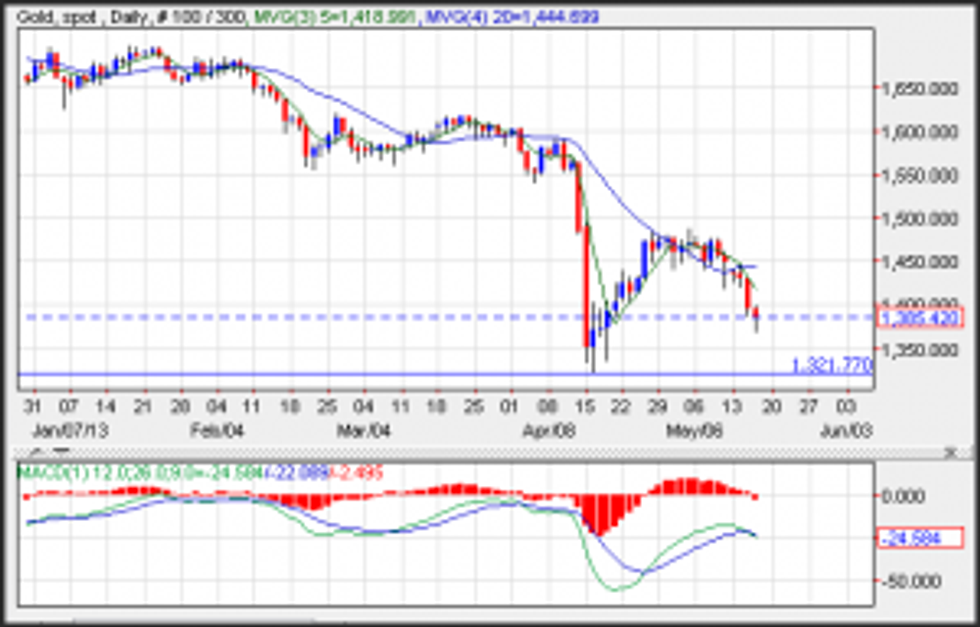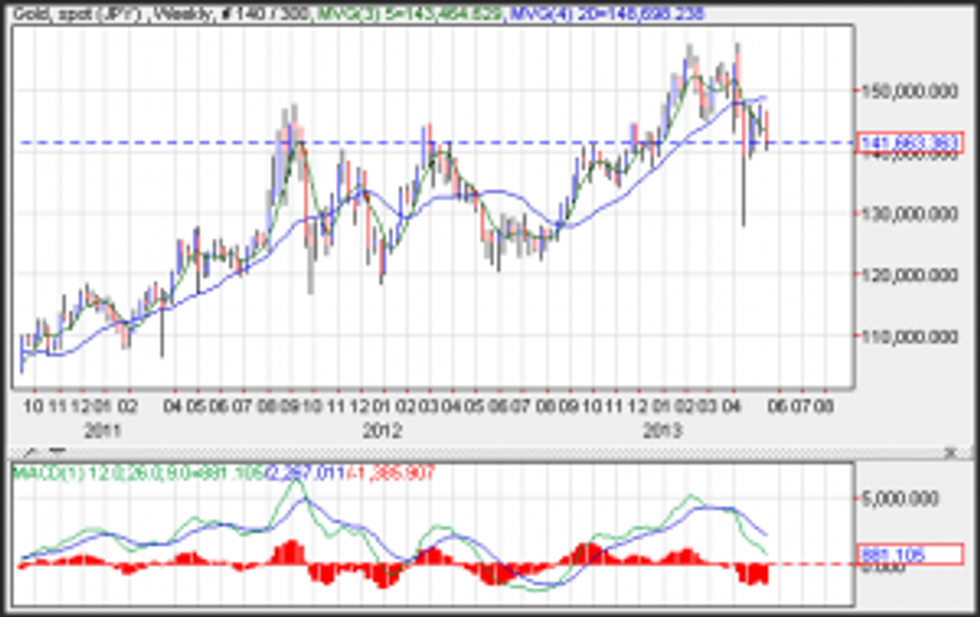- AustraliaNorth AmericaWorld
Investing News NetworkYour trusted source for investing success
- Lithium Outlook
- Oil and Gas Outlook
- Gold Outlook Report
- Uranium Outlook
- Rare Earths Outlook
- All Outlook Reports
- Top Generative AI Stocks
- Top EV Stocks
- Biggest AI Companies
- Biggest Blockchain Stocks
- Biggest Cryptocurrency-mining Stocks
- Biggest Cybersecurity Companies
- Biggest Robotics Companies
- Biggest Social Media Companies
- Biggest Technology ETFs
- Artificial Intellgience ETFs
- Robotics ETFs
- Canadian Cryptocurrency ETFs
- Artificial Intelligence Outlook
- EV Outlook
- Cleantech Outlook
- Crypto Outlook
- Tech Outlook
- All Market Outlook Reports
- Cannabis Weekly Round-Up
- Top Alzheimer's Treatment Stocks
- Top Biotech Stocks
- Top Plant-based Food Stocks
- Biggest Cannabis Stocks
- Biggest Pharma Stocks
- Longevity Stocks to Watch
- Psychedelics Stocks to Watch
- Top Cobalt Stocks
- Small Biotech ETFs to Watch
- Top Life Science ETFs
- Biggest Pharmaceutical ETFs
- Life Science Outlook
- Biotech Outlook
- Cannabis Outlook
- Pharma Outlook
- Psychedelics Outlook
- All Market Outlook Reports
Japanese investors are selling yen to purchase foreign bonds, which is pushing up the value of the dollar and lowering the price of gold.
Gold prices have been under pressure after falling out of bed in early April once it was clear that the Bank of Japan was intent on devaluing the yen by increasing their asset purchase program. Gold prices were badly hurt by the $200 dollar per ounce two-day decline on April 15-16, and bullish sentiment has not returned to the investor community.
The technical outlook for gold is defensive, as a new trend has formed reflected by the 5- and 20-day moving averages. These two averages when used to determine a short term trend show a recent crossover near the 1,450 level, which reflects a declining gold price. The MACD has also shown negative sentiment with the index generating a sell signal in the past two trading sessions.
The hedge fund community continues to exit from gold futures. According to the most recent report by the Commodity Futures Trading Commission, for the week ending May 7th, managed money reduced long positions by approximately 1,400 contracts, which is equivalent to 140,000 ounces. Hedge funds lined up on the short side, increasing positions by 4,000 contracts, or approximately 400,000 ounces.
The US dollar has generated headwinds for gold bugs, and this scenario is likely to persist during the medium term. The US has shown the best economic situation of the major industrial countries, including most of Europe and Japan. One caveat to the dollar’s recent rise is the better than expected Japanese GDP data which was released by the Japanese government on Thursday.
Japan, the world’s third largest economy, reported a stronger than expected first quarter. The economy grew at an annualized rate of 3.5%, quicker than the 2.7% expected by economists. Quarter on quarter GDP growth increased by 0.9%, compared to the consensus estimate of 0.7%. Consumer spending drove growth, generating 2.3% of the annual increase. Although growth has showed robust results, inflation showed a decline. Year over year prices fell by 1.2% which is the highest level of deflation seen since the fourth quarter of 2011. This will likely spur on the Bank of Japan to increase stimulus.
The increase in the value of the US dollar continues to be driven by Japanese investors selling yen to purchase foreign bonds. The low level of 10-year interest rates in Japan is forcing investors out of Japanese bonds and into stocks and foreign bonds.
Gold normally trades as a dollar currency, and has felt the pinch of a strengthening dollar. Gold in yen terms has fared much better for investors, remaining near the weekly highs posted in late April.
Outlook Reports
Featured Precious Metals Stocks
Browse Companies
MARKETS
COMMODITIES
| Commodities | |||
|---|---|---|---|
| Gold | 2384.68 | +2.88 | |
| Silver | 28.12 | -0.77 | |
| Copper | 4.33 | 0.00 | |
| Oil | 85.34 | -0.02 | |
| Heating Oil | 2.66 | 0.00 | |
| Natural Gas | 1.68 | -0.05 | |
Investing News Network websites or approved third-party tools use cookies. Please refer to the cookie policy for collected data, privacy and GDPR compliance. By continuing to browse the site, you agree to our use of cookies.







